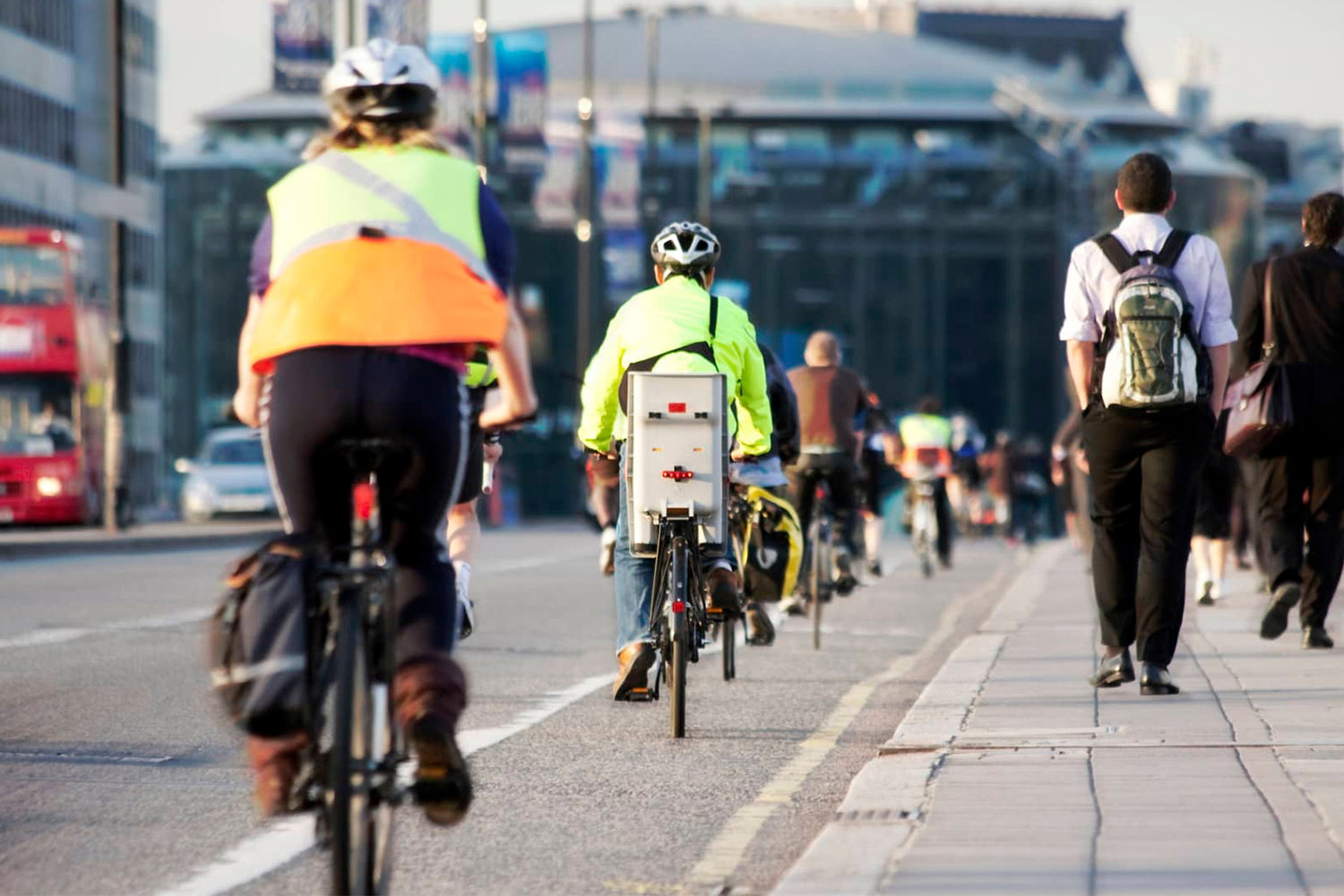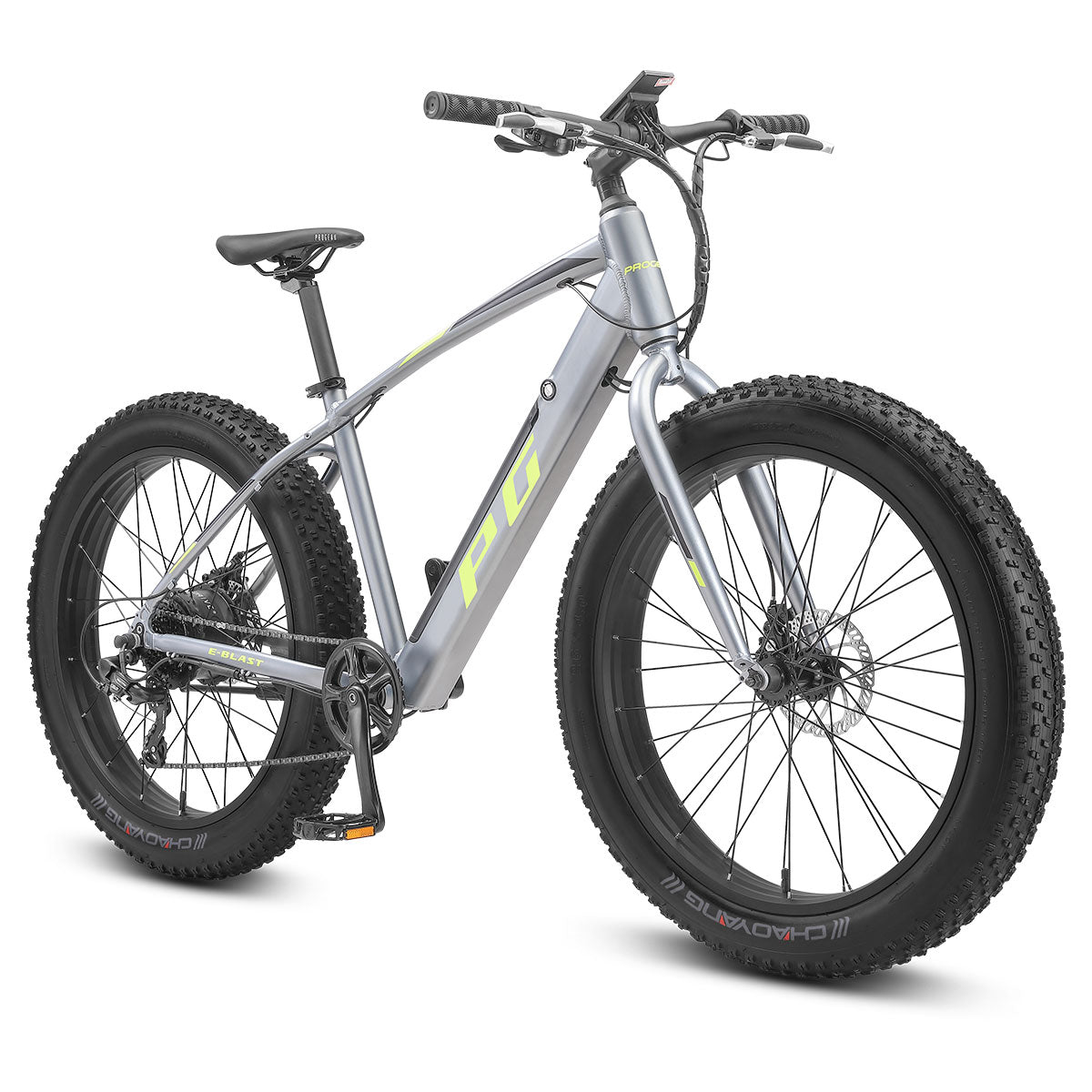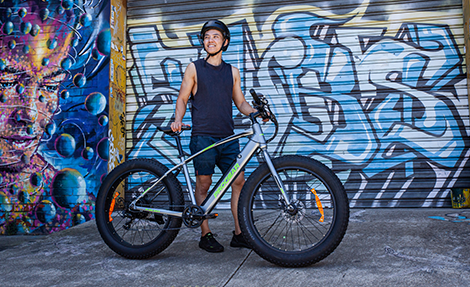
Bike gears seem a bit daunting in their apparent complexity at first glance. The array of levers, sprockets and derailleurs can leave many new users scratching their heads. However, understanding the basics of bike gears is an important step for several reasons. It helps you in choosing the right bike for your ride and assists in improving your riding technique. We're going to explore the fundamentals of bike gears, why they're important, different types, and how to choose the right gearset for your needs.
How do bike gears work?

To begin with, let's demystify how gears actually work and which bikes use them. Gears on a bike consist of a front chainring and a rear cassette or freewheel. By adjusting gears on a bike, you can change the bike gearing ratio, which determines the number of times the rear wheel turns in relation to the rotations of the pedals. This mechanism allows you to optimise your pedalling effort based on the terrain, speed and incline.
Gears ensure a consistent and steady pedalling speed across different inclines and terrains. When riding up a steep hill, shifting to a lower gear reduces the effort required to pedal, allowing you to climb more easily. On the other hand, when descending or riding on flat terrain, shifting into a higher gear enables you to maintain a higher speed with less effort. By using the appropriate gear, you can maintain an efficient cadence and maximize your power output.

Different types of bikes will use bike gears in different ways. Mountain bike gears are designed to handle the varied terrains encountered on trails. The lower gears provide the necessary torque for climbing steep hills and navigating technical sections, while higher gears allow for faster speeds on descents and flats. Road bike gears, on the other hand, prioritize high-speed riding on smooth roads. They typically have a wider range of gears, with an emphasis on the higher gears to boost top-end speed. This enables cyclists to tackle steep ascents and achieve high speeds on descents or sprints.
Types of Bike Gears
Now that we understand the important of gears and shifting, let's delve into the different types of gears available. There are several gear configurations to suit various riding preferences and terrains.
1. Standard double: This configuration consists of two chainrings at the front and a range of sprockets at the rear. It provides a wide range of gears suitable for both climbing and high-speed riding.
2. Compact: A compact gearset is like a standard double but with smaller chainrings. It offers a lower range of gears, making it more suitable for beginners while still offering gear choices.
3. Semi-compact: This gearset combines elements of both standard and compact configurations. It strikes a balance between climbing and high-speed capabilities, making it versatile for a wide range of riding conditions.
4. Triple: A triple gearset features three chainrings at the front, providing an extensive range of gears. It offers a wide range of options for tackling steep climbs and carrying heavier loads.
5. Hub gears: Unlike the above configurations, hub gears are housed within the rear hub of the bike. They are known for their low maintenance requirements and are often found on city or commuter bikes.
Each gear configuration has its advantages and disadvantages. The choice ultimately depends on your riding style, terrain and personal preferences. If you frequently encounter steep hills, a triple or compact gearset might be more suitable. Conversely, if you prefer speed on flat terrain, a standard double or semi-compact gearset could be the right choice.

Each gear configuration has its advantages and disadvantages. The choice ultimately depends on your riding style, terrain and personal preferences. If you frequently encounter steep hills, a triple or compact gearset might be more suitable. Conversely, if you prefer speed on flat terrain, a standard double or semi-compact gearset could be the right choice.
It's worth noting that having more gears doesn't necessarily make a bike better or faster. However, it does make gear changes smoother and more precise. More gears provide finer increments between ratios, allowing for more efficient pedalling and a smoother transition between gears.

On the other end of the spectrum, there are single-speed bikes. These bikes, as the name suggests, have only one gear. They are popular alternatives, particularly for those who prefer simplicity and low maintenance. Single-speed bikes are often found in urban environments or on flatter terrains where gear changes are less necessary.
Conclusion
Understanding bike gears is essential for optimising your riding experience. Gears ensure a consistent pedalling speed and effort across different terrains and inclines. By choosing the right gearset, you can maximise your power output and efficiency. Consider factors such as terrain, riding goals and your own preferences when selecting the gear configuration that suits you best.
At Progear, we offer a wide range of bike gears to cater to all your needs. Whether you're a mountain biker seeking versatility or a road cycler aiming for solid speeds, we have options that will enhance your riding experience. Explore our range and different gearsets and find the perfect match for your biking adventures. If you have any questions about bike gears or the Progear range, don't hesitate to reach out to our friendly team and we'll be happy to answer any questions you may have.





















